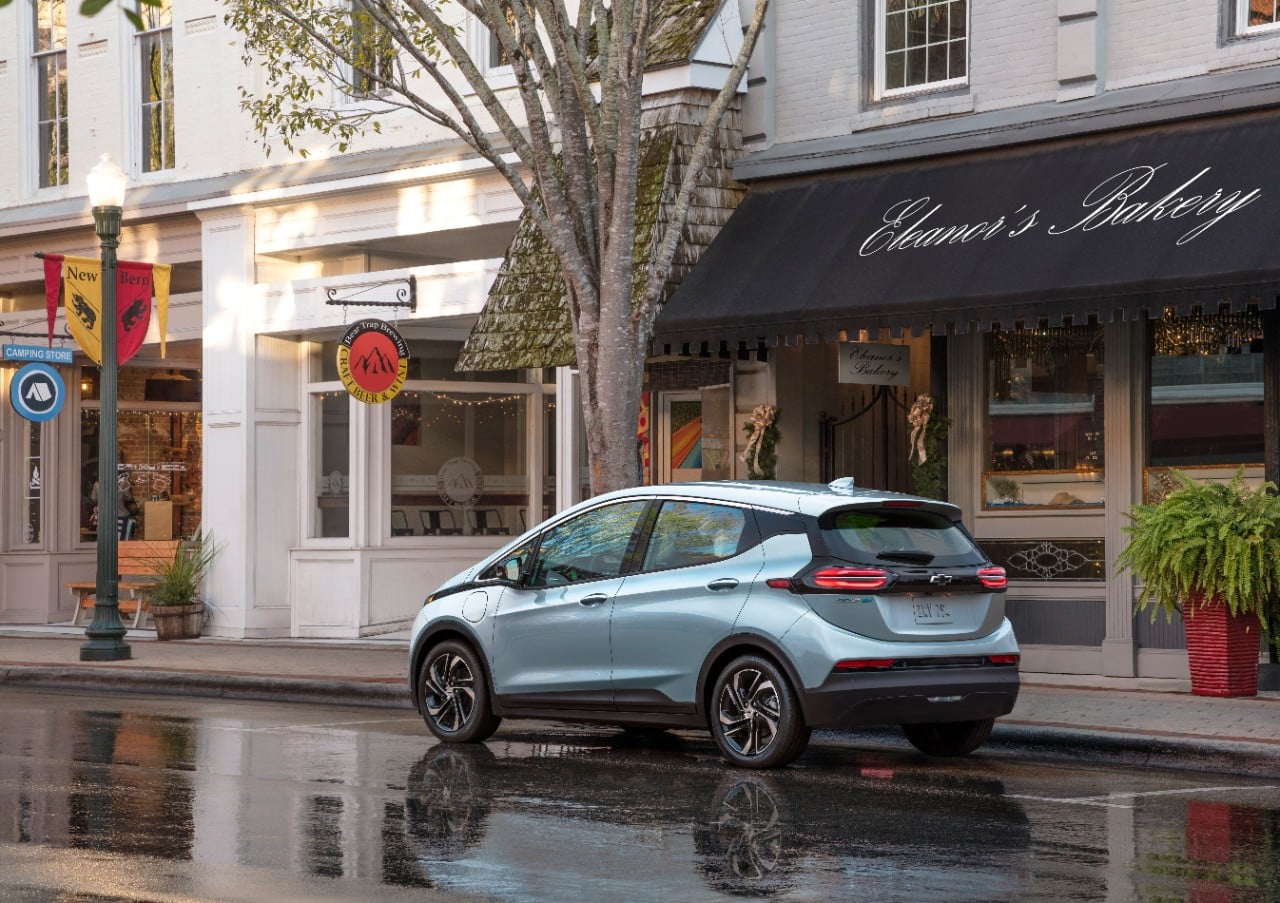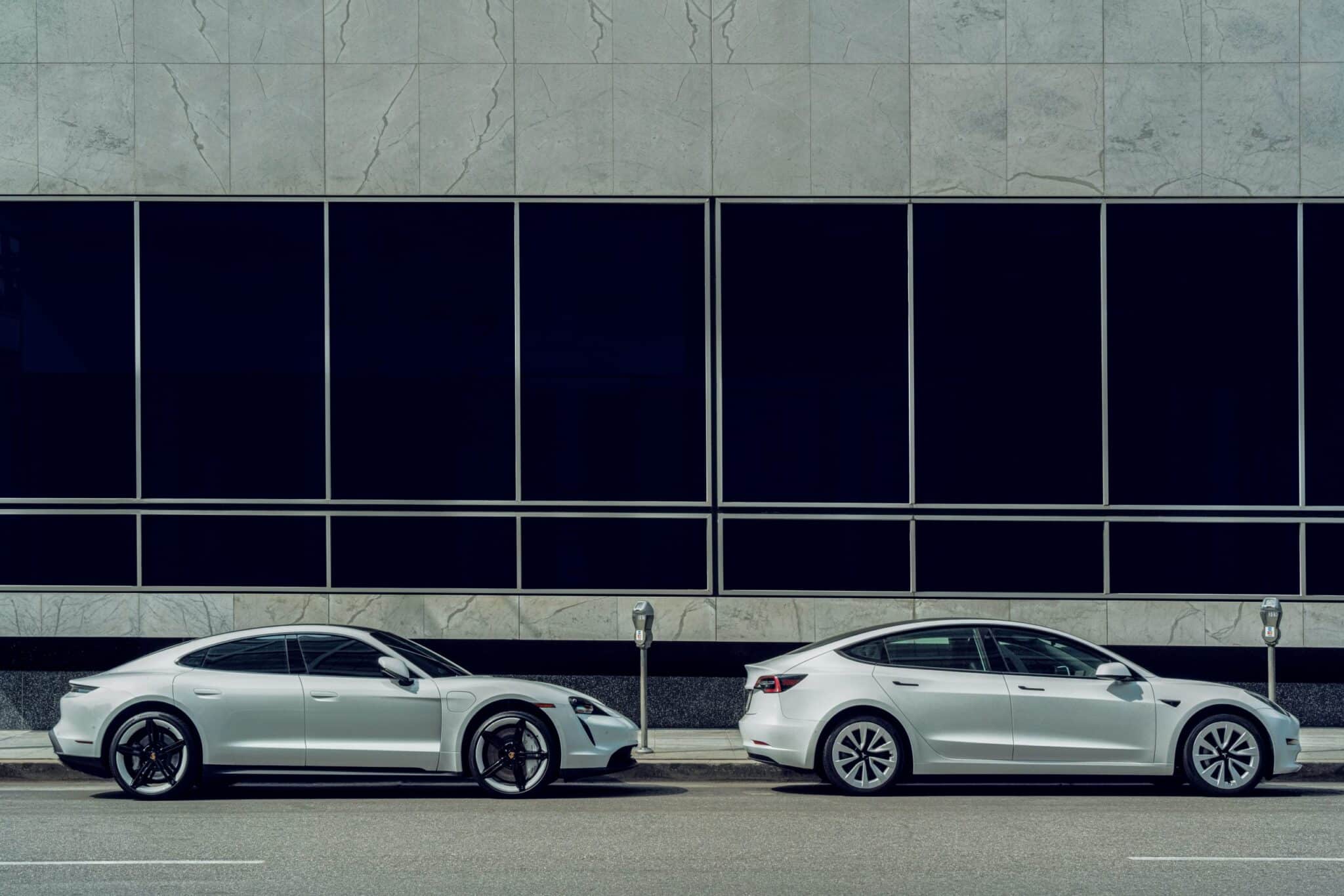Welcome to the latest edition of the EV Universe Electric Newsletter #021, your go-to source for all things electric vehicles!
In each edition, we take a closer look at the exciting developments in the EV world and dive into the latest news and trends shaping the industry. From the latest makes and models to advancements in electrification, to innovative accessories and technologies, we’ve got you covered.
Join us on this journey. Let’s explore the future of sustainable transportation and its electrifying impact on our world. In this edition, we are covering the end of the Chevy Bolt, charging infrastructure to reach $121.09b by 2030, and electric car sales surpassed 10 million in 2022.
“GM shifts gears: Discontinues Chevy Bolt for Electric Pickup Trucks and Low-Cost EVs“
- GM ends production of Chevy Bolt and shifts to electric pickup trucks. GM is ending production of its Chevrolet Bolt models by the end of this year and will convert the plant for manufacturing electric pickup trucks, reflecting the shift in market demand from hatchbacks to SUVs and pickup trucks.
- GM’s smooth transition to electric vehicles could face utilization challenges. GM is transitioning smoothly from combustion engines to electric vehicles. However, the company may face challenges in ensuring it uses its factories optimally and might need to deal with a situation where it’s not fully utilizing the factories for either type of vehicle, which would negatively impact its profits.
- GM expands EV product line with new models, battery plant investment. GM is committed to expanding its EV product line. The company plans to roll out a Chevy Equinox EV later this year, starting at $30,000, and is working on a low-cost EV with Honda. GM’s partnership with Samsung SDI will see them invest more than $3 billion in a new electric vehicle battery cell plant in the United States, which will improve the company’s EV production capacity.
- Customers show interest in EVs but have concerns about prices. Customers have shown interest in EVs, with nearly seven out of ten car shoppers willing to purchase one. However, they have concerns about the price, as indicated in a survey by Deloitte. The average cost of a new EV sold last month was $58,940, up from $58,385 in February. However, new tax credits enacted by President Joe Biden in the Inflation Reduction Act could lower the figure for some drivers.
- Despite parts shortage, GM reports strong Q1 profits and aims for EV profitability in 2025. Despite the global shortage of computer chips and other parts that slowed production last year, GM reported $2.37 billion in profit from January through March, up from $1.99 billion in the previous year. The automaker expects to start turning low-to-mid single-digit profit margins on electric vehicles in 2025 as production improves and parts become more readily available.
[cta_blog_section title=’Looking for your next EV?’ cta_url=’https://www.evuniverse.com/best-selling-electric-cars’ cta_button=’VIEW LISTINGS’]
“Global Electric Vehicle Charging Infrastructure Market to Reach $121.09 Billion by 2030 with a CAGR of 25.5%: Grand View Research, Inc.”
- Fast charger segment expected to grow rapidly. The fast charger segment is expected to emerge as the fastest-growing segment in the electric vehicle charging infrastructure market. Fast DC chargers can charge electric vehicles rapidly in lesser time compared to conventional AC chargers. This ability to charge vehicles quickly is the primary factor driving the demand for fast DC chargers.
- Combined Charging System (CCS) connectors set to gain popularity. The CCS connector segment is anticipated to emerge as the fastest-growing connector segment over the forecast period. This is because a higher number of automobile manufacturers are adopting CCS connectors.
- Level 3 charging infrastructure to witness fastest growth. The level 3 charging segment is anticipated to register the fastest growth over the forecast period. Lever 3 charging infrastructure charges electric vehicles faster than level 1 and level 2 chargers. As the number of EV users grows exponentially, the demand for fast chargers is increasing, fueling growth and innovation in the segment.
- Non-connected charging stations currently dominate the market. Non-connected charging stations dominated the electric vehicle charging infrastructure market in 2022. They are easy to deploy and reduce the overall cost of deployment. As the existing charging infrastructure is not adequate, key market players are looking for quick deployment infrastructures to bridge the gap and keep up with the demand, contributing to the segment’s dominant share.
- Commercial segment to see an upswing in deployment. The commercial segment is anticipated to gain traction owing to the rise in the deployment of fast charging stations across highways, hotels, shopping malls, and public parking facilities. This deployment will be necessary to cater to the growing number of EV users, which is driven by the need to make environmentally conscious decisions, increasing fuel costs, favorable government subsidies, and lower cost of ownership over the vehicle’s lifecycle.
[cta_blog_section title=’Find the best parts for your EV here.’ cta_url=’https://www.evuniverse.com/shop-ev-parts’ cta_button=’SHOP PARTS’]
“Electric Car Sales Surpass 10 Million in 2022, with China Leading the Way, says IEA Report“
- Electric car sales exceeded 10 million in 2022, according to a report by the International Energy Agency, with China accounting for roughly 60% of the market. The report shows a trend of sustained growth for the electric car industry, which saw a 55% increase in sales from 2021 to 2022. The IEA also estimated that sales would reach almost 14 million in 2023, with electric cars’ share of the overall car market expected to rise from 4% in 2020 to 18% this year.
- Plug-in hybrid electric vehicles (PHEVs) are viewed differently by stakeholders in the transportation sector. PHEVs have both an internal combustion engine and a battery-powered electric motor, making them a controversial subject in the transition toward low- and zero-emission transport. The IEA’s Global EV Outlook report notes that PHEVs have a significant role to play in the growth of electric cars.
- China leads the electric car market, with over 50% of electric cars on the road found in the country. Europe is the second largest market, with over 15% growth in electric car sales in 2022, meaning that more than one in every five cars sold was electric. U.S. electric car sales also rose by 55% in 2022.
- The electric car industry has significant implications for global oil demand. The IEA’s executive director, Fatih Birol, said that “by 2030, they will avoid the need for at least 5 million barrels a day of oil.” Birol also noted that electric cars were just the first wave, and that electric buses and trucks would soon follow.
- India shows promising signs in the electric car market. India’s government has implemented a $3.2 billion incentive program for EV and component manufacturing, which has led to $8.3 billion of investment. Sales of electric cars in India, Thailand, and Indonesia more than tripled compared to 2021, reaching 80,000.




